The Side Race
by Gabi Montes
The economic embargo imposed on Cuba for over six decades now has sculpted the nation’s economic landscape, leaving a lasting imprint on its development. The scarcity of resources resulting from restricted trade has compelled Cuba to adapt, relying on ingenuity and self-sufficiency. In this context, the imported cars that roam Cuba’s streets become a symbolic reflection of the country’s resilience—outdated, yet enduring. Just as these cars have been sustained through craftsmanship and resourcefulness, Cuba has harnessed its internal capabilities to overcome external limitations by hand and heart.
The scarcity of new car imports due to the embargo has led to a remarkable prevalence of vintage vehicles from the pre-1960 era, still running on the roads of Havana and beyond. While these cars exude a nostalgic charm, they also serve as a tangible representation of Cuba’s economic challenges. The inability to access modern models mirrors Cuba’s restricted access to contemporary global markets. Yet, amid this constraint, the Cuban people have sustained their vehicles, utilizing makeshift repairs and a spirit of innovation.
Parts Needed for Car Repair.
CHAPTER
New ways to Rethink
the Revolution
1
In the labyrinth of Cuba’s socio-political landscape, akin to the intricate assembly of used car parts, lies the opportunity for a nuanced reformation of revolutionary ideals. Much like salvaged components that can be repurposed to breathe new life into a vehicle, Cuba stands at a crossroads where the fragments of historical revolutionary concepts can be reassembled into a contemporary narrative. The challenge lies not in discarding the past but in reimagining it, allowing the old to coalesce with the new in a harmonious reconstruction of Cuba’s societal and ideological engine.
Just as a skilled mechanic salvages, adapts, and transforms old car parts to ensure optimal functionality, Cuba has the potential to repurpose its revolutionary foundations. The principles that once fueled the nation’s fervor for independence and equality can be recalibrated to address the evolving needs and aspirations of its people. Embracing a spirit of socio-political refurbishment, Cuba can craft a narrative that retains the essence of its revolutionary past while incorporating the innovations required to navigate the complexities of the present and future. In this reassembly, the nation has the opportunity not just to persist but to thrive, steering its societal vehicle toward a progressive horizon where the echoes of the old revolution harmonize with the rhythms of contemporary aspirations.
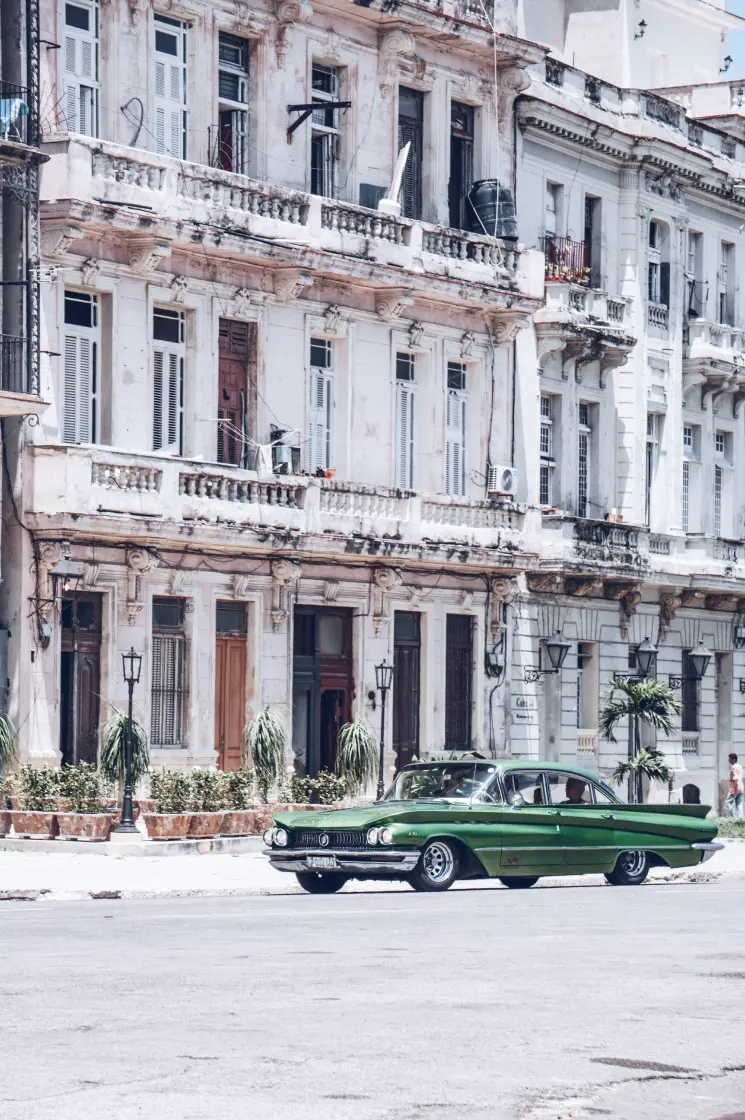
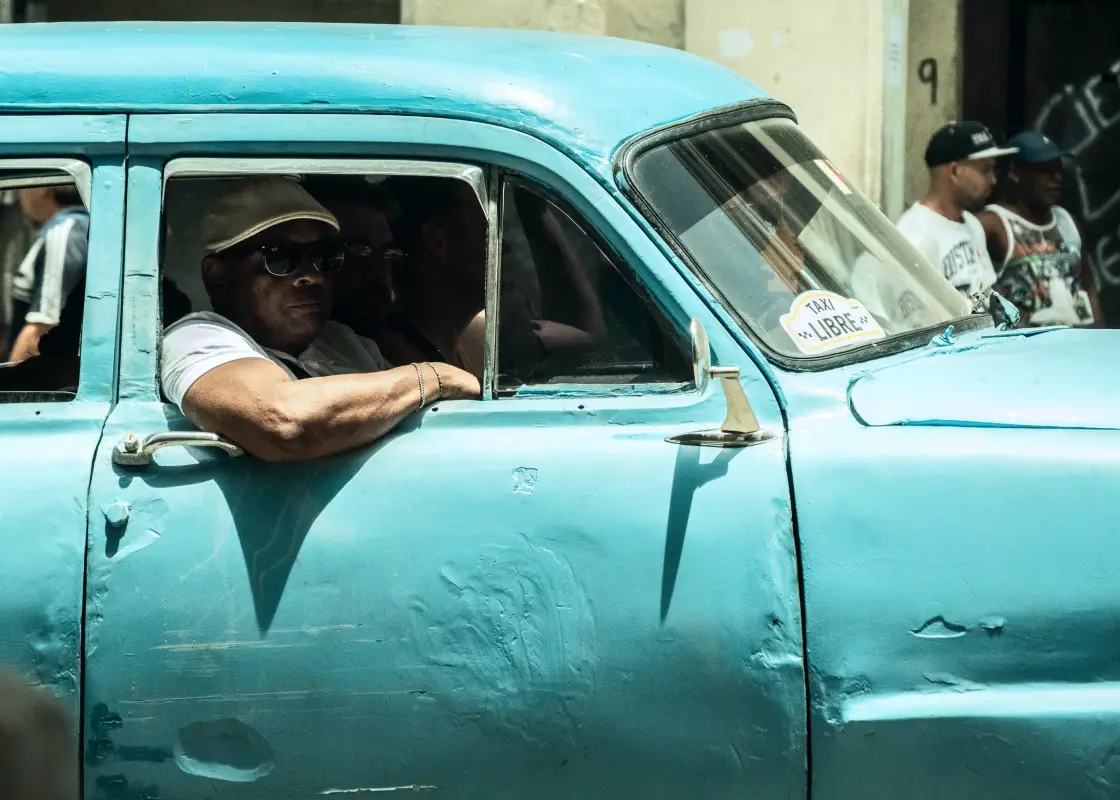
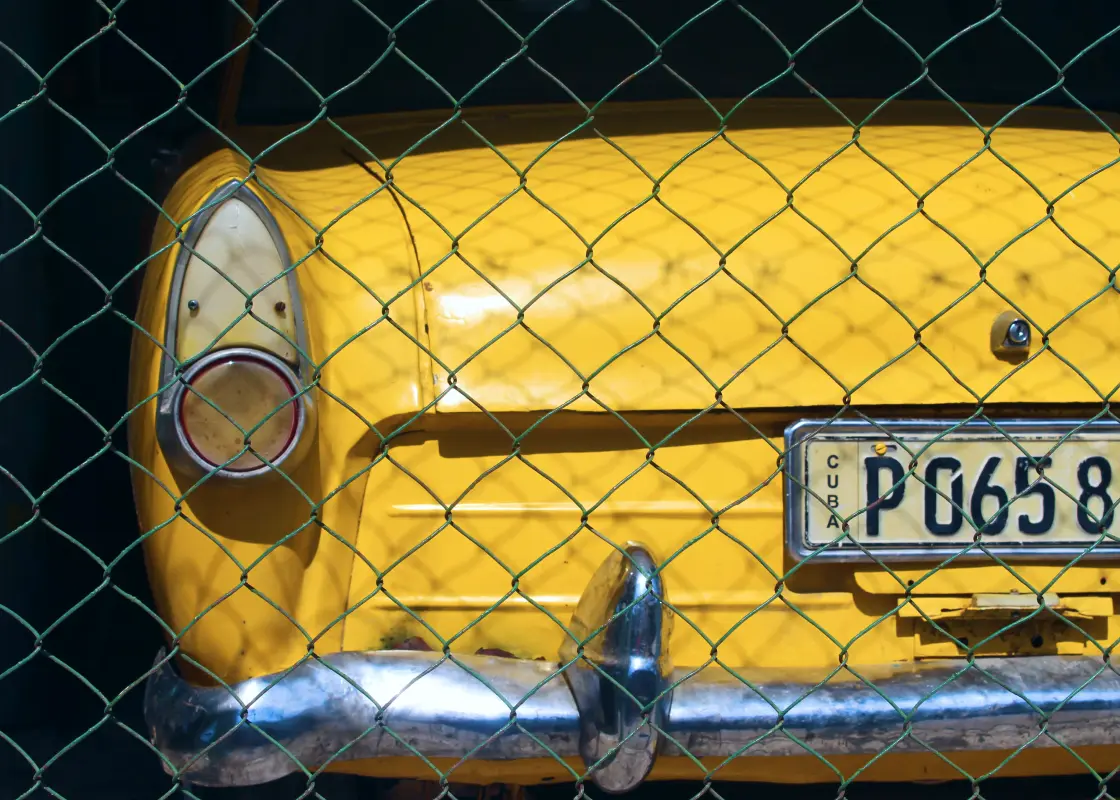
The Reassembly
New Opportunity
CHAPTER
Cuba turns-on Turbo
2
In delving into the metaphorical landscape of Cuba’s vintage cars and their resourceful adaptation, a profound analogy emerges for reimagining the nation’s economic model. Just as Cubans have adeptly repurposed and improvised to overcome the limitations imposed by the embargo, there lies an opportunity for Cuba to engage in a broader societal and economic “reassembly”. This concept involves the intentional integration of select components from the global economic system, akin to sourcing essential spare parts, to fortify the nation’s self-sufficiency and uphold the revolutionary values ingrained in its history.
The embargo, as a limiting force, inadvertently catalyzed a spirit of innovation and adaptability among Cubans. In a similar vein, the concept of “reassembly” encourages Cuba to selectively integrate elements from the global economic arena—much like sourcing scarce car parts—to fortify its economic engine. This strategic integration doesn’t imply a surrender of Cuba’s revolutionary principles but rather a pragmatic acknowledgment that certain global practices can be leveraged to bolster the nation’s self-sufficiency and amplify its ability to champion the values that define its most recent history.
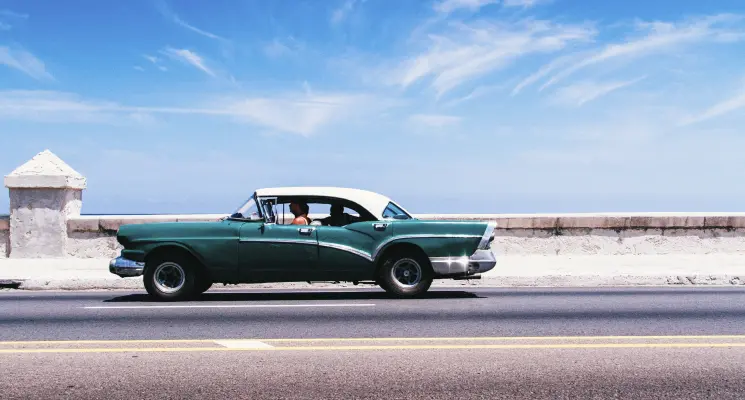
DRIVING IN LA HAVANA

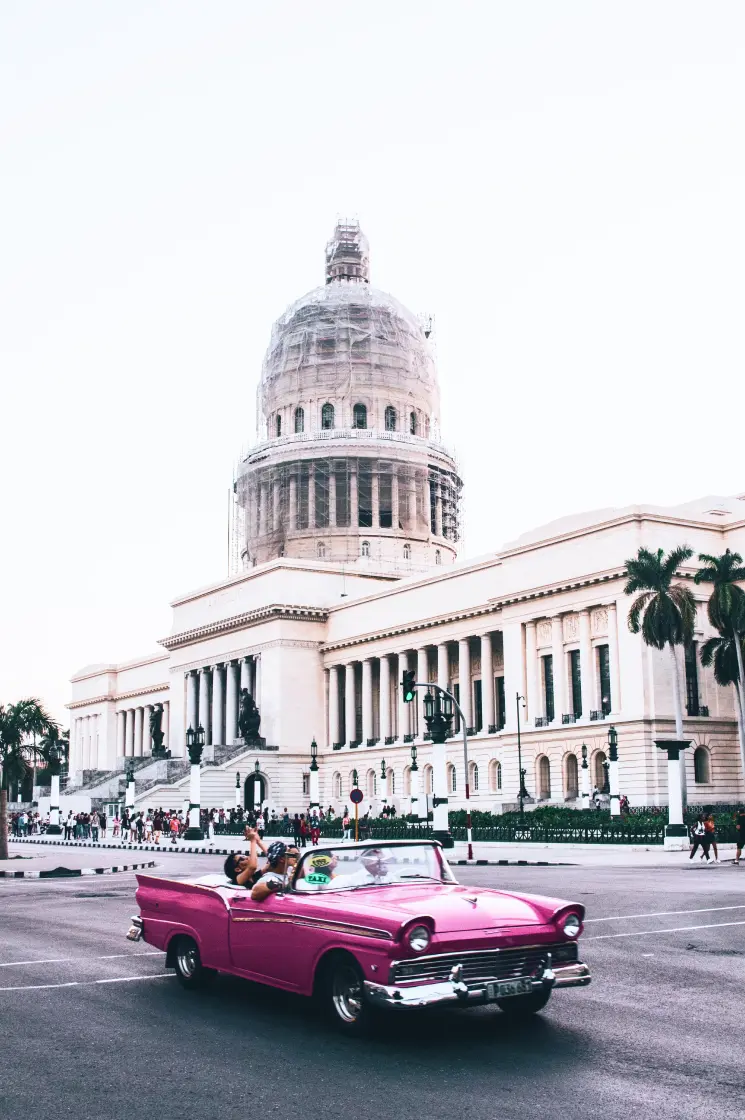
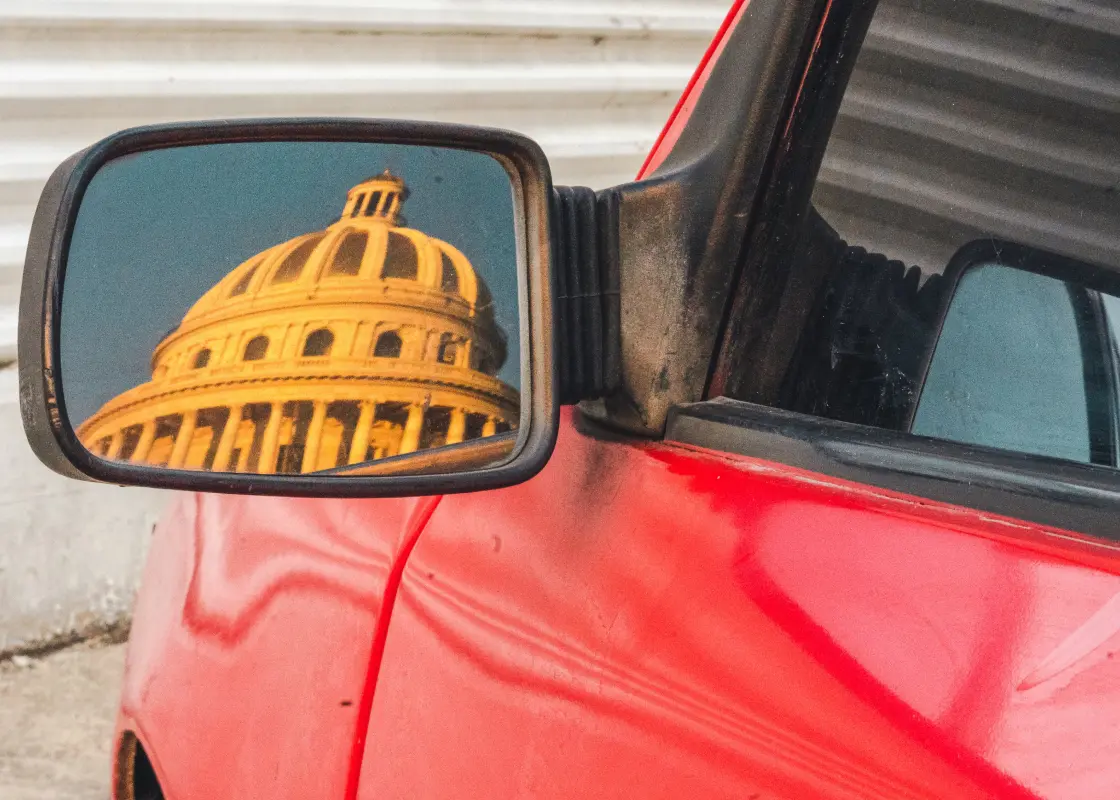
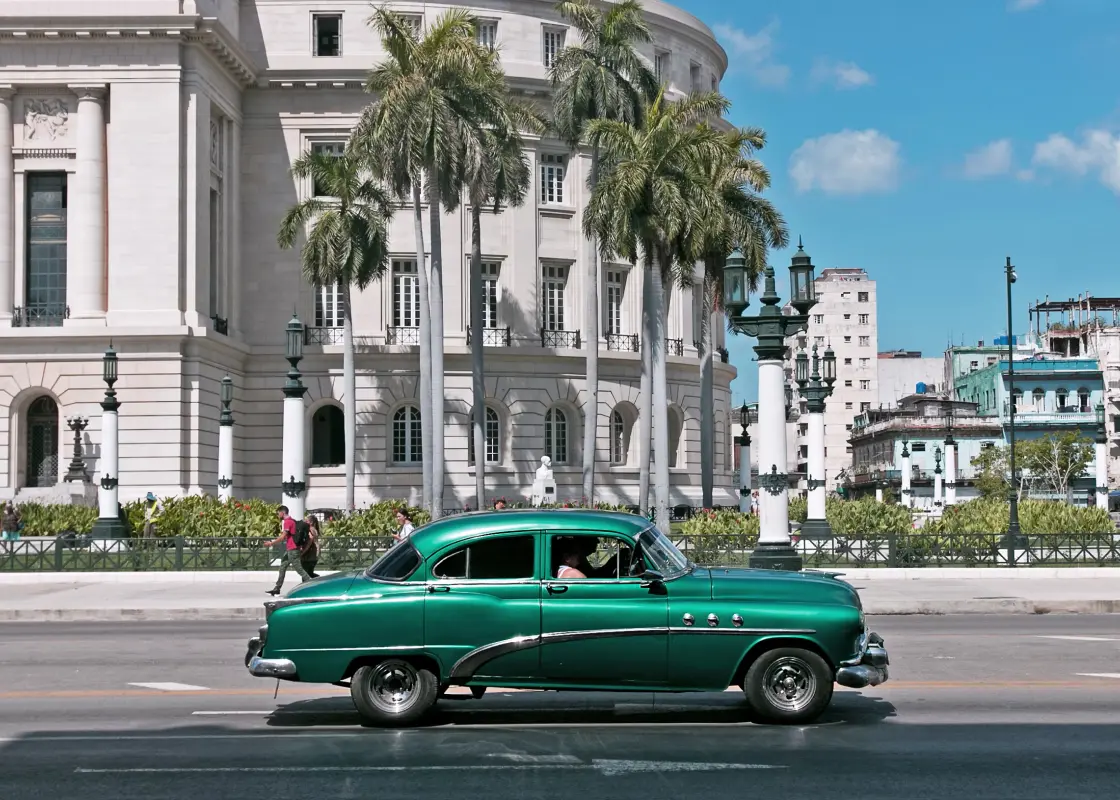
More Than Just Nostalgic Relics
CHAPTER
The Future is Right Now
3
the imported cars of Cuba stand as more than just nostalgic relics—they are poignant symbols of the nation’s economic endurance.
The enduring impact of the international economic blockade has shaped Cuba’s trajectory, fostering a society that thrives on self-sufficiency and creative problem-solving. Much like the vintage cars that continue to traverse Cuban streets, the nation has maneuvered through adversity, turning challenges into opportunities for ingenuity and adaptability. The embargo has not crippled Cuba but, rather, has spurred a unique resilience that defines the Cuban spirit—a spirit reflected not only in the vintage cars but in the collective tenacity of a nation determined to navigate its own course despite the external constraints imposed upon it. Hopefully, Cuba is ‘libre’.
* Cuba has everything for a shining future. Its people.
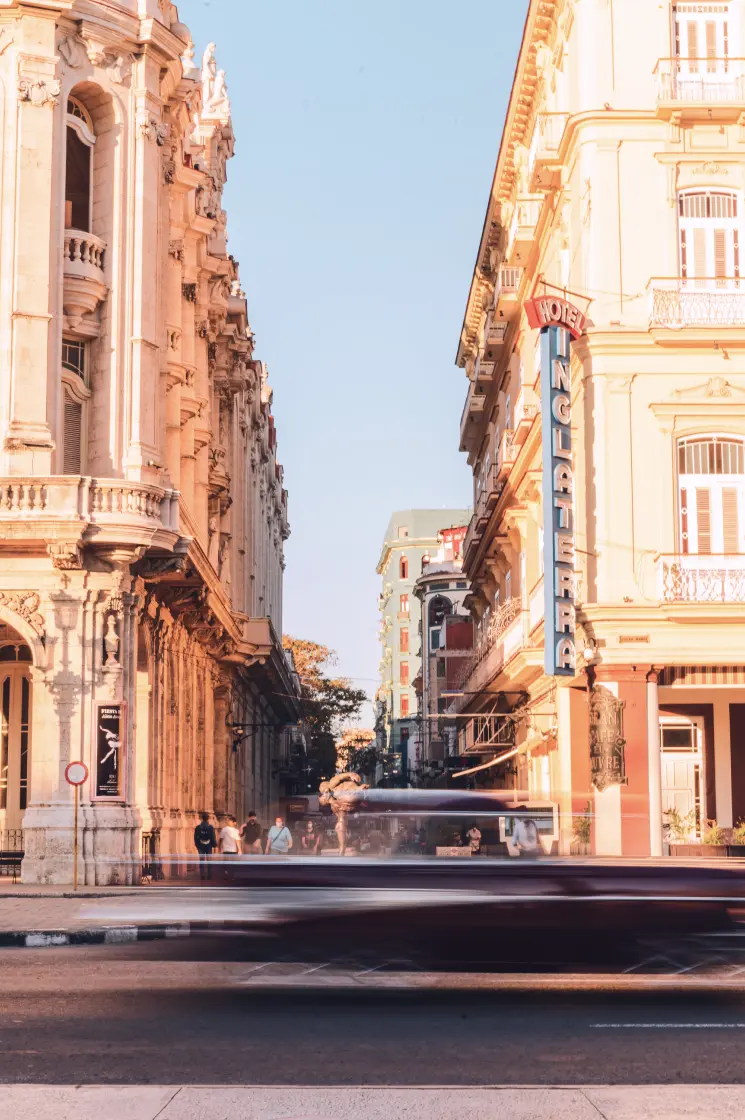

Images & Words
by Gabi Montes
Facilitating Cuba’s Integration
Cuba’s path toward comprehensive integration into new international relationships is intricately linked with collaborative efforts from the global community. International cooperation serves as a bridge, fostering mutual understanding and facilitating Cuba’s seamless entry into the evolving landscape of international relations.

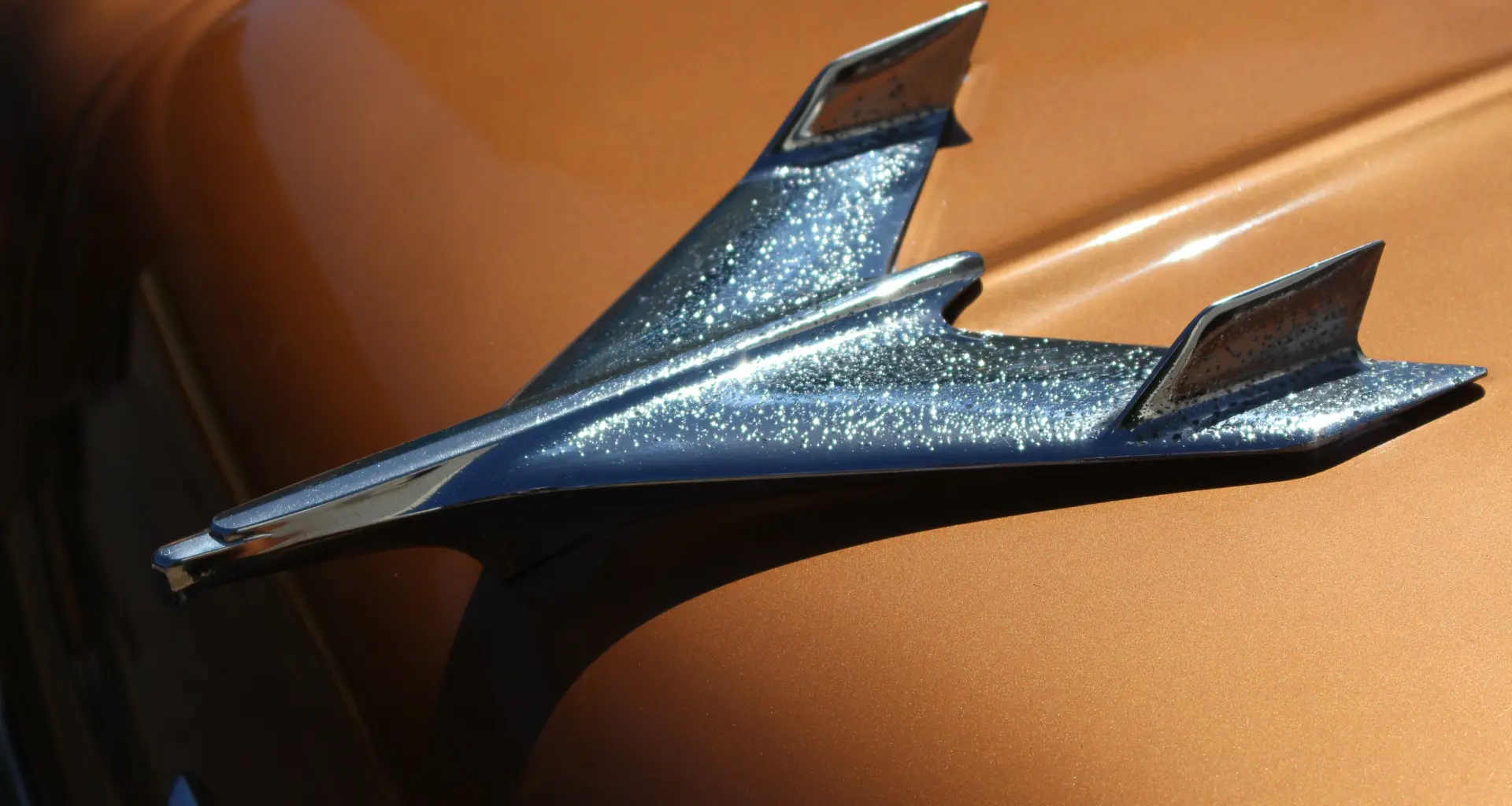
Post a comment0Comments
Your email address will not be published.
Required fields are marked *